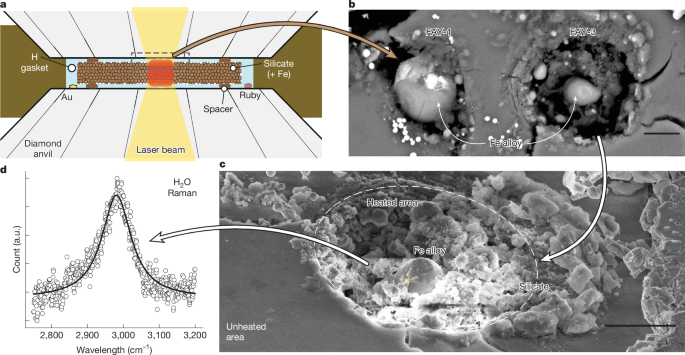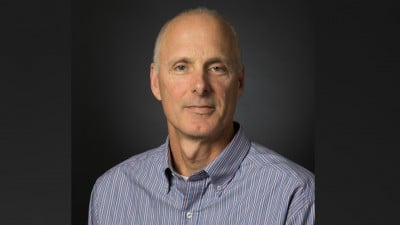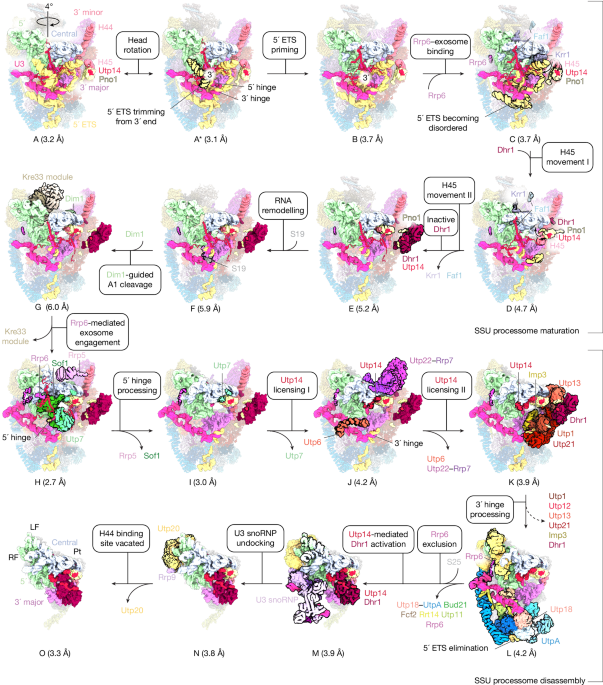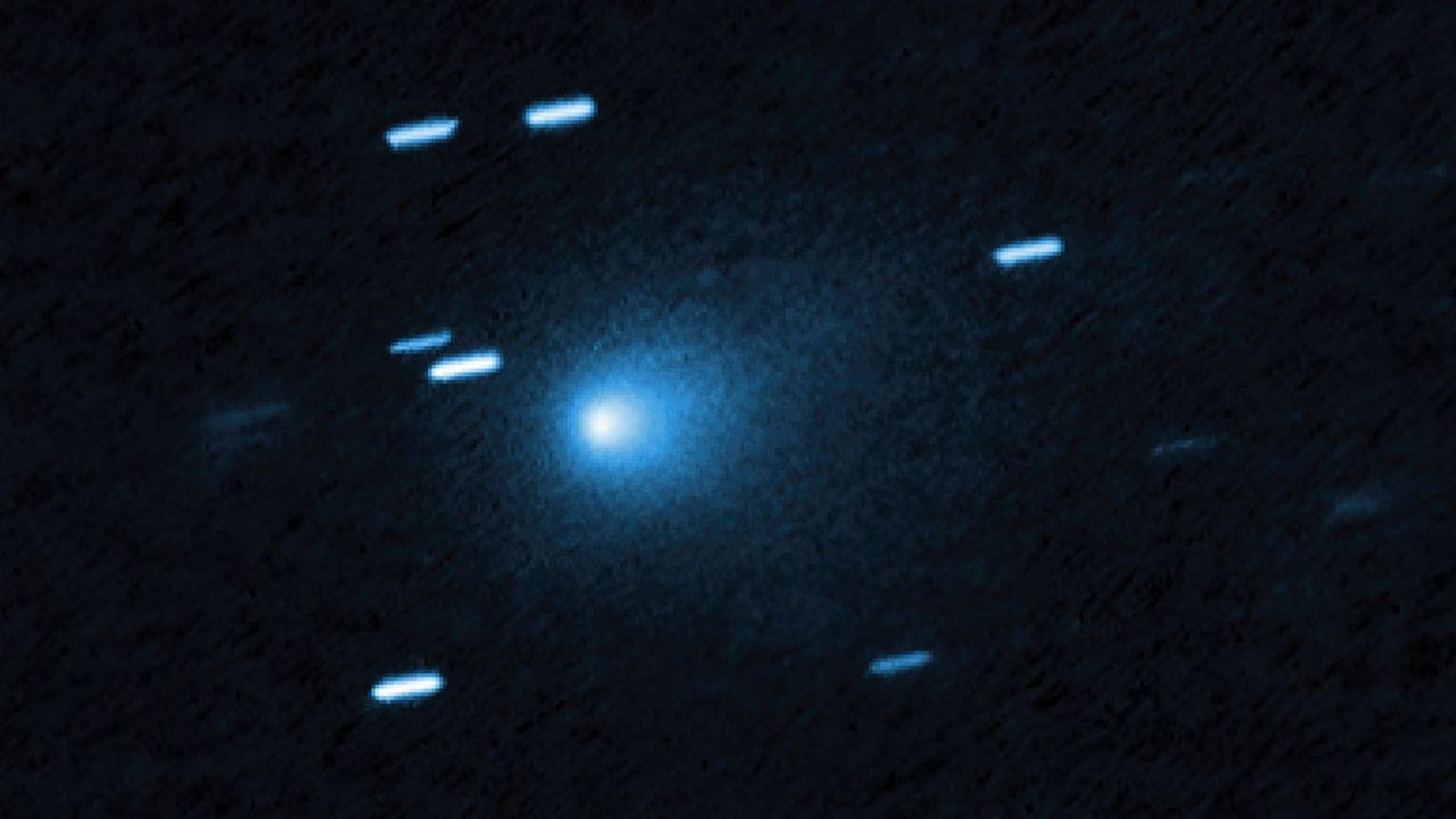Fulton, B. J. et al. The California-Kepler survey. III. A gap in the radius distribution of small planets. Astron. J. 154, 109 (2017).
Google Scholar
Bean, J. L., Raymond, S. N. &…

Fulton, B. J. et al. The California-Kepler survey. III. A gap in the radius distribution of small planets. Astron. J. 154, 109 (2017).
Google Scholar
Bean, J. L., Raymond, S. N. &…

Newswise — Woods Hole, Mass. (Oct. 29, 2025) — The Woods Hole Oceanographic Institution (WHOI) is proud to announce that Michael Spall, a Senior Scientist in Physical Oceanography, has been selected to deliver the…

Assembly intermediates of the S. cerevisiae SSU processomes were purified from three genetically modified BY4741 (MATa his3Δ leu2Δ0 met15Δ0 ura3Δ0) strains. Where genes of…

Ribosomes are the cell’s protein factories, which read the genetic code and assemble the proteins that every organism needs to live. But as far as how ribosomes themselves were formed, tantalizingly little was known.
Now, scientists have…
This request seems a bit unusual, so we need to confirm that you’re human. Please press and hold the button until it turns completely green. Thank you for your cooperation!

The interstellar comet 3I/ATLAS is just a day away from perihelion, which is its closest point to the sun and the time around which it is expected to be most active. Although 3I/ATLAS is currently hidden from view from Earth, flying behind the…
This request seems a bit unusual, so we need to confirm that you’re human. Please press and hold the button until it turns completely green. Thank you for your cooperation!

Humans evolved large brains and flat faces at a surprisingly rapid pace compared to other apes, likely reflecting the evolutionary advantages of these traits, finds a new analysis of ape skulls by UCL researchers.
Humans developed large brains…

The sheer volume and complexity of data generated by modern mass spectrometry (MS)-based proteomics experiments necessitate robust, standardized bioinformatics infrastructure. This is particularly true as laboratories shift toward…

The sheer volume and complexity of data generated by modern mass spectrometry (MS)-based proteomics experiments necessitate robust, standardized bioinformatics infrastructure. This is particularly true as laboratories shift toward…